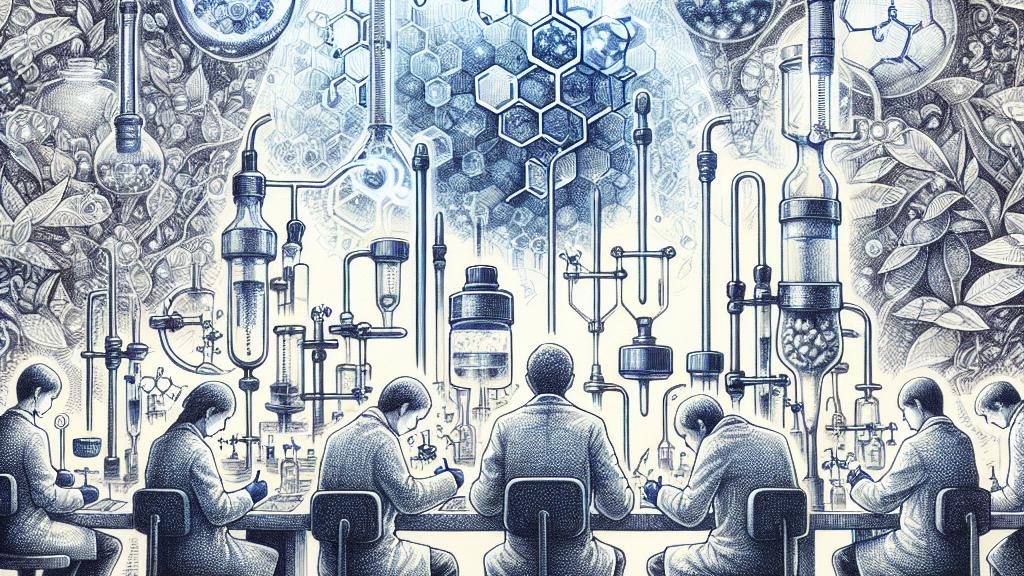Advancements in Metal-Free Methods for Diol Conversion
Overview
- A groundbreaking study from Cambridge University reveals a metal-free technique for converting symmetrical diols into specific mirror-image isomers.
- By utilizing innovative chiral quinuclidine catalysts derived from Cinchona alkaloids, this method enhances reaction selectivity and efficiency.
- The implications for this research not only hold promise for pharmaceutical applications but could also reshape the future of synthetic chemistry.

Innovative Research in Cambridge
At the University of Cambridge, a team of visionaries has made waves in organic chemistry with a revolutionary metal-free method that facilitates the selective conversion of symmetrical diols into targeted mirror-image isomers. This advancement, published in the highly respected journal Science, showcases the ingenious use of chiral quinuclidine catalysts derived from naturally occurring Cinchona alkaloids. Powered by blue light, these catalysts significantly improve the enantioselectivity of hydrogen atom abstractions, which is crucial for refining chemical processes. For instance, by methodically removing a hydrogen atom from specific meso-diols, the researchers can precisely navigate the chemical landscape and favor the creation of one particular isomer over the other, highlighting the fusion of nature and technology in scientific innovation.
Understanding Meso Compounds
Central to this research is the concept of meso compounds—molecules that contain chiral centers yet are overall achiral due to the presence of a mirror plane within their structure. This can initially confuse many; unlike enantiomers, which cannot be superimposed onto their mirror images, meso compounds can, and hence, are treated as identical in chemical behavior. The Cambridge researchers adeptly explore these complexities, enhancing their capacity to conduct selective reactions. For example, a better grasp of meso compounds allows for the design of more effective drug candidates with minimized side effects—a vital consideration in modern medicine. This revelation not only enriches our understanding of molecular behavior but also paves the way for advancements in drug development and design.
Implications for Future Chemistry
The ramifications of this sophisticated method extend far beyond the mere production of isomers; they signal the dawn of a new era in synthetic chemistry. This research not only serves as a proof of principle but also suggests that chiral catalysts could be instrumental in intricate site-selective reactions, unlocking opportunities for pharmaceutical synthesis. Picture a future where medications are tailored to individual patient needs with unparalleled precision, leading to improved health outcomes globally. Moreover, the commitment to eliminating traditional metal catalysts reflects a shift toward environmentally friendly practices in the chemistry community. In conclusion, these advancements in metal-free methodologies not only emphasize the importance of sustainability in chemical research but also underline the potential for significant innovations in the production of vital pharmaceutical compounds.

Loading...